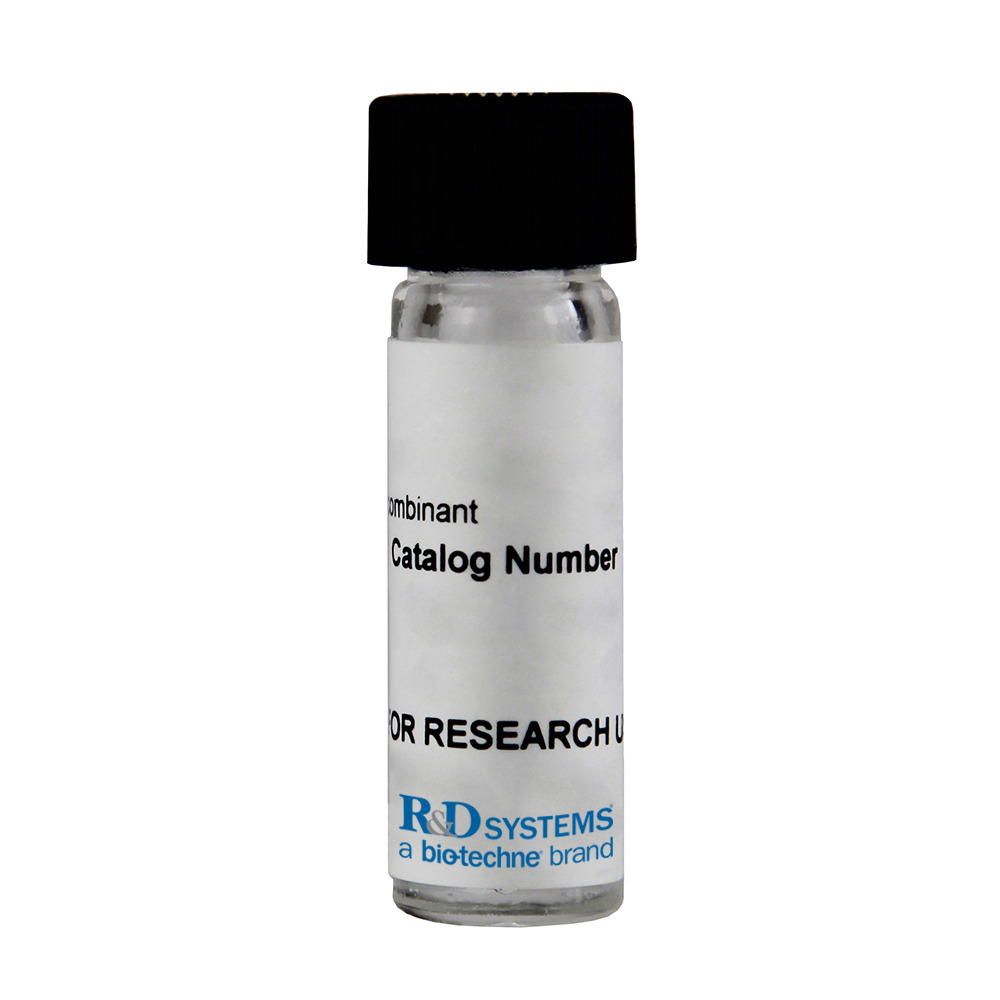Products Related to tlr
"tlr" has 50 results in Resources.
The Toll-like Receptor Family
ArticleFirst printed in R&D Systems' 2004 Catalog. Contents TLR1 TLR2 TLR3 TLR4 TLR5 TLR6 TLR7 TLR8 TLR9 TLR10 References Host defense against infectious disease is a harrowing task considering not only the vast diversity of pathogens, but also their rapid replication and mutation rates. Front-line, anti-microbial defense is accomplished by the innate immune system with the...
More InfoToll-Like Receptor Signaling Pathways
PathwaysFeatured Literature Pattern Recognition Receptors and the Innate Immune Response Poster View Poster Featured Products Pattern Recognition Receptors Brochure View Brochure Overview of Toll-like Receptors Toll-like receptors (TLRs) are a family of transmembrane pattern recognition receptors that detect invading pathogens and initiate the...
More InfoToll-Like Receptors
Research AreasView Toll-Like Receptor Signaling Pathways Toll-like receptors (TLRs) are a family of type I transmembrane pattern recognition receptors (PRRs) that are expressed by a number of different immune and non-immune cell types including monocytes, macrophages, dendritic cells, neutrophils, B cells, T cells, fibroblasts, endothelial cells, and epithelial cells. TLRs recognize conserved,...
More InfoTLR4: Contributing to Metabolic Syndrome in Multiple Tissues
ArticleObesity has increased dramatically in the United States with serious health consequences.1 The metabolic consequences of obesity, often termed metabolic syndrome, include lipotoxicity, inflammation, and insulin resistance, which increase the risk of type II diabetes, atherosclerosis, hypertension, and cardiovascular disease. Obesity-related lipotoxicity is thought to result from overloading the...
More InfoAirway Inflammation Markers
Technical ResourceClick on these tabs for flow cytometry phenotyping suggestions and extended lists of secreted, cell surface, and intracellular markers. Each link will direct you to our product offerings for the study of these cells and molecules. For a broader representation of airway immunity, please view our poster Airway Inflammation in Asthma. Request Airway Inflammation in Asthma...
More InfoInnate Immunity and the Toll-like Receptor Family
ArticleHigher animals have two types of immunity, innate and adaptive. The innate immune system is ancient and the only kind of immune system found in lower phyla. It is responsible for defense against bacterial antigens. Endotoxin, or lipopolysaccharide (LPS), is found in the cell walls of gram negative bacteria such as Escherichia coli. Recognition of LPS by the innate immune system results in an...
More InfoIntestinal Lamina Propria Cell Markers
Technical ResourceRequest Mucosal Immunity of the Intestine Poster The intestinal lamina propria contains many types of myeloid and lymphoid cells that maintain tolerance or carry out inflammatory responses. Click on these tabs for flow cytometry phenotyping suggestions and extended lists of secreted, cell surface, and intracellular markers. Each link will direct you to our product offerings for the study...
More InfoCancer Immunotherapy: Inducing Dendritic Cell Maturation
Product CategoriesMature dendritic cells (DC) upregulate antigen presentation and co-stimulatory molecules on their surface as well as the production of inflammatory cytokines. This process can be induced by triggering receptors with cytokines, small molecules, or damage associated molecular patterns (DAMPs). It can be modulated by blocking the activity of molecules that normally inhibit DC maturation. Targeting...
More InfoCancer Immunotherapy Dendritic Cell Subsets
Product CategoriesPlasmacytoid dendritic cells (pDC) reside in the circulation, extravasate to inflammatory sites, and traffic to draining lymph nodes to initiate adaptive immune responses. Mature pDC induce T cell survival, Th1 bias, cytotoxic T lymphcyte (CTL) activity, natural killer cell (NK) cytotolytic activity, maturation of myeloid DC, and development of plasma cells. They are efficient at antigen...
More InfoCancer Immunotherapy: Dendritic Cell Isolation/Expansion
Product CategoriesExpand your dendritic cell (DC) cultures with our CellXVivo™ Human Monocyte-derived DC Differentiation Kit with an optimized protocol and optimized reagents. Or you can use our specially-designed StemXVivo® Serum-Free Dendritic Cell Base Media supplemented with our high-quality recombinant Cytokines and Growth Factors. For DC vaccine preparation with more rigorous documentation, take advantage...
More Info


